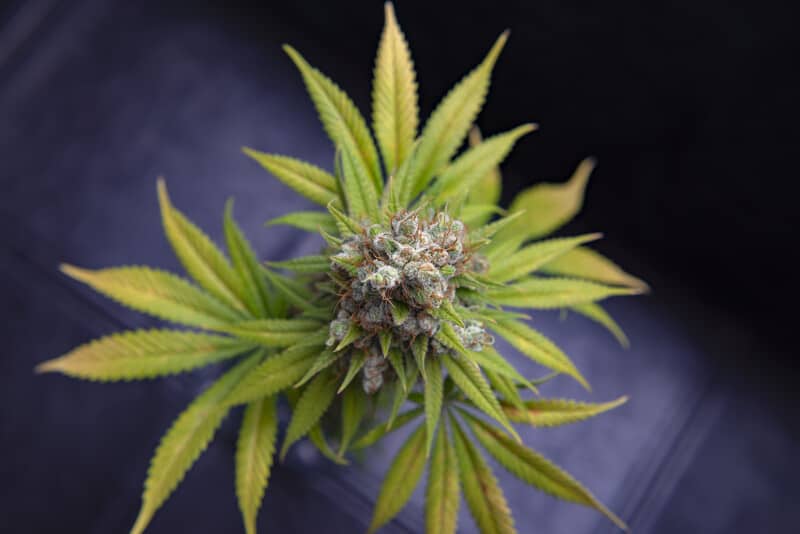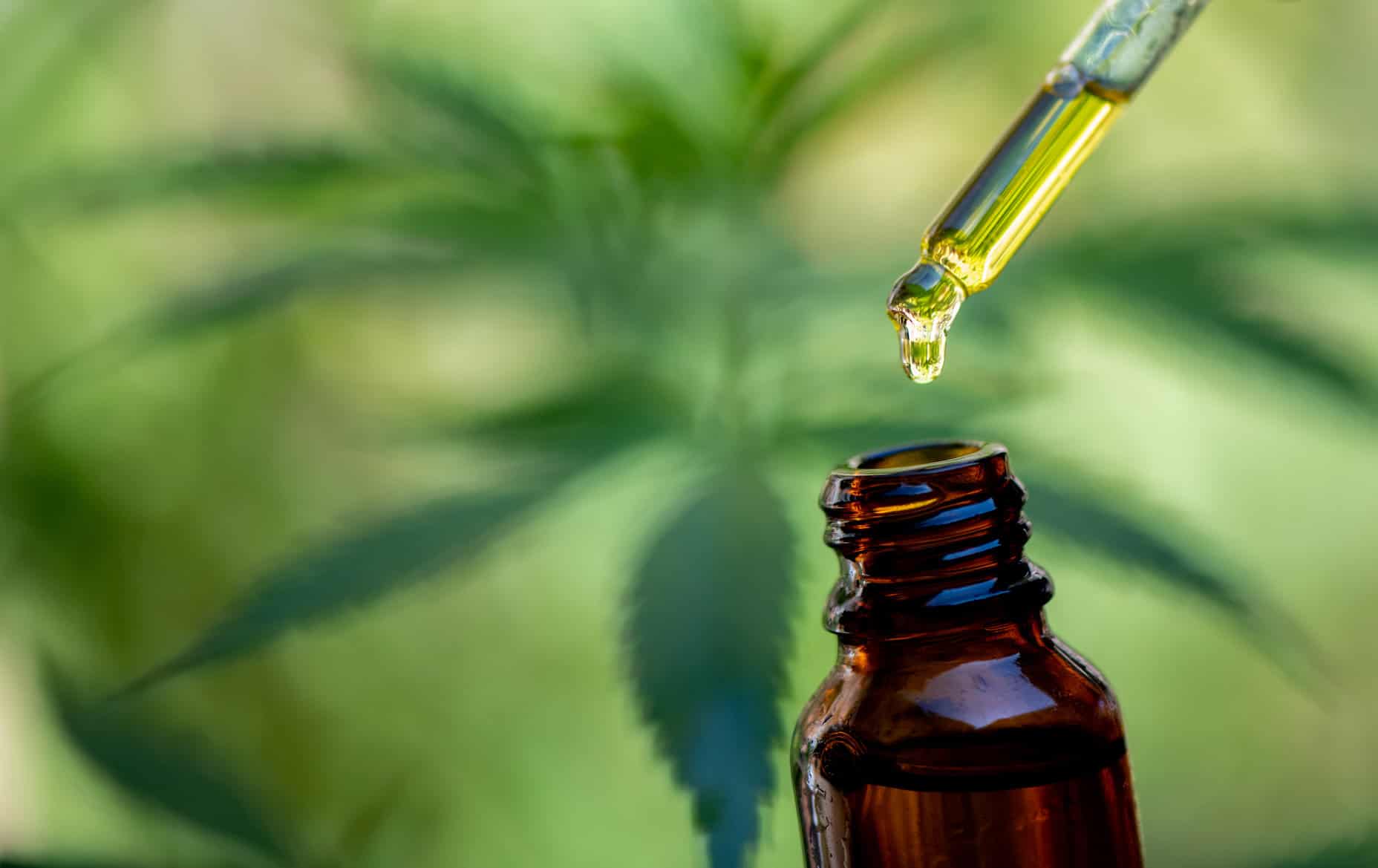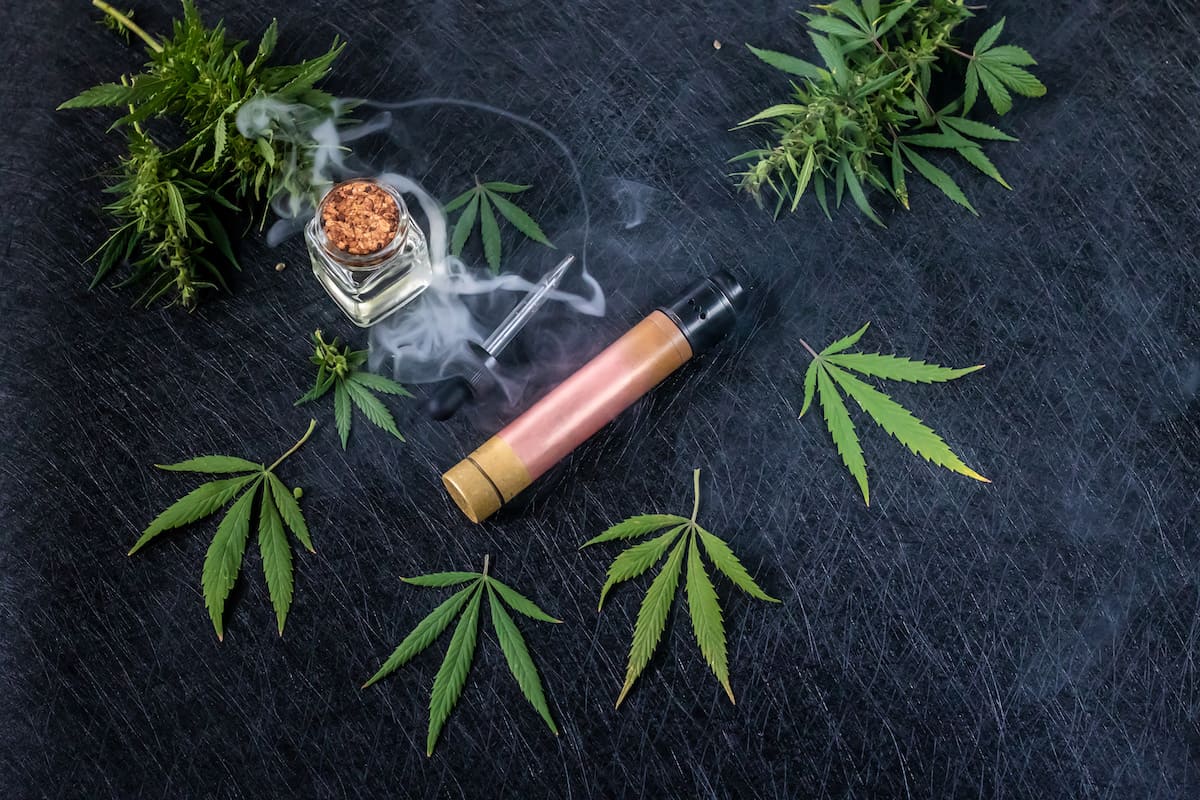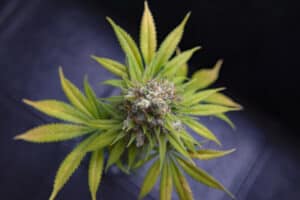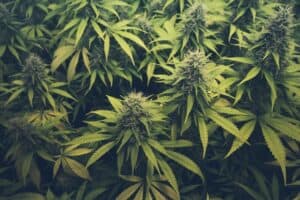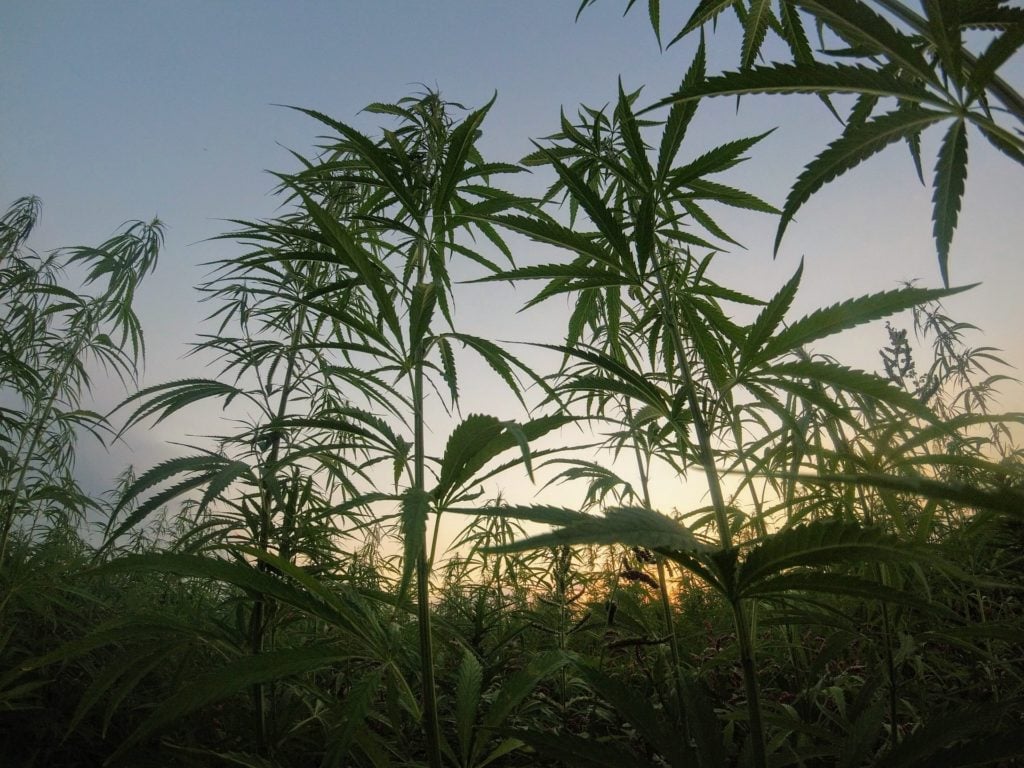
The states that grow the most industrial hemp include Montana, Colorado, Kentucky, North Carolina, and Oregon (updated 2020). These results are from the United States Department of Agriculture and reflect hemp production in the US in 2019.
The Agricultural Act of 2014 legalized hemp cultivation for research. Four years later, the Agricultural Act of 2018 removed hemp from the list of banned substances and reclassified it as an agricultural commodity. Following this, the cultivation, use, and sale of industrial hemp are legal at a federal level.
The progress in hemp cultivation in the US has been gradual, with more acreage being put under hemp cultivation each subsequent year. In 2019, 0ver 500,000 acres of industrial hemp were cultivated in the US. This is four times more hemp acres than was cultivated in 2018. In the same year, 16,877 licenses were issued to farmers allowing them to cultivate hemp. In comparison, only 3546 licenses had been issued in the previous year.
The USDA sets the rules and regulations governing hemp production in the US. For industrial hemp to be legal in the US, it has to contain less than 0.3% THC. Hemp that exceeds this THC threshold is still outlawed under federal law. The states set their own rules and regulations for hemp cultivation within their jurisdiction. So far, 34 states have executed hemp programs, 13 more states than was the case in 2018.
With more states embracing hemp cultivation, it’s necessary to build infrastructure to facilitate this.
By the close of 2019, the following 10 states had issued the highest number of licenses for hemp cultivation:
- Tennessee: 2,913 licenses
- Oregon: 2,534 licenses
- Kentucky: 972 licenses
- Colorado: 759 licenses
- New York: 422 licenses
- North Carolina: 396 licenses
- Pennsylvania: 328 licenses
- Vermont: 311 licenses
- California: 291 licenses
- Montana: 258 licenses
However, the number of licenses issued is not a true reflection of the amount of industrial hemp cultivated in each state. Some farmers will cultivate more hemp while others may fail to cultivate hemp even though they have been licensed to. For example, Montana which issued 258 licenses ended up cultivating the most hemp in 2019.
Here are the 10 states that produced the most hemp in the US in 2019:
- Montana: 44,910 acres
- Colorado: 20,330 acres
- Kentucky: 18,910 acres
- North Carolina: 7,390 acres
- Oregon: 7,100 acres
- Minnesota: 6,340 acres
- Oklahoma: 4,610 acres
- North Dakota: 4,070 acres
- New Mexico: 3,590 acres
- Indiana: 3,290 acres
Top 5 States: Hemp Production in the US in 2019
1. Industrial Hemp Cultivation in Montana
In 2019, farmers in Montana planted 44,910 acres of industrial hemp. Out of the 258 licensed that were issued, 235 farmers (both large-scale and small scale) planted hemp. In the previous year, Montana had produced 22,000 acres of hemp.
Montana is an agricultural state and farmers here have not shied away from experimenting with this once outlawed crop. Hemp does well in different environmental conditions, but it does particularly well in warm and dry climatic conditions. In 2020, it is highly likely that Montana will still feature in this top-five list.
2. Industrial Hemp Cultivation in Colorado
Colorado is popular for its marijuana-friendly culture. It appears that farmers in the Centennial state have taken a similar approach to hemp farming.
In 2019, 759 hemp cultivation licenses were dished out to farmers. This resulted in 20,330 acres of hemp harvest, almost half the hemp acreage in Montana.
Colorado has made it easy for farmers to apply for hemp cultivation licenses by creating an online portal for this process. It is expected that more farmers will venture into hemp farming in Colorado in 2020.
3. Industrial Hemp Cultivation in Kentucky
As of 2019, Kentucky was the third-largest producer of industrial hemp in the US. 972 licenses were issued to farmers to allow them to cultivate hemp for commercial purposes. Following closely behind Colorado, Kentucky produced 18,910 acres of industrial hemp.
What Is Kentucky Hemp Pilot Program?
This is a hemp research program that was launched by the Kentucky Department of Agriculture (KDA) in 2015. So far, the KDA has approved 282 participants for this project which is geared towards hemp research and development.
4. Industrial Hemp Cultivation In North Carolina
In 2019, North Carolina issued 396 licenses for hemp cultivation. Most of the hemp cultivated in NC is for research purposes under the North Carolina Hemp Pilot Program. In 2019, 7,390 acres of hemp were cultivated in NC.
NC has several large-scale hemp farms including Merry hill hemp farm, Lazy gators hemp farm, and Hemp happy farms.
5. Industrial Hemp Cultivation in Oregon
In 2019, Oregon was the fifth-largest producer of hemp in the US. 2,534 licenses for hemp cultivation were issued. The result was 7,100 acres of hemp produced.
Farmers in Oregon have embraced hemp wholeheartedly shifting from their traditional crops which are pears and grapes. Industrial hemp is a versatile with many potential uses which makes it appealing for farmers. Jackson County, in particular, is leading in hemp production in the state.
Where Is It Legal To Grow Industrial Hemp In The US?
Industrial hemp farming is legal under federal law in the US. However, the states are free to set up hemp programs to govern hemp farming within their boundaries. For now it is still illegal to grow hemp in Idaho, South Dakota, and Missouri.
It is projected that hemp sales in the US will surpass $25 million in 2020 and hit $100 million by 2022.
These are the 5 states that grow the most industrial hemp in 2019; it would be interesting to find out if they retain the top spots in 2020- 2022.
Update On Hemp Laws and Growing Industrial Hemp 2023
Growing hemp for industrial purposes requires a special license that can be obtained from the Montana Department of Agriculture. Growers need to have an approved production plan and be able to meet all of the federal and state standards for hemp cultivation in order to be eligible for a license to cultivate the plant.
Growers are subject to additional requirements such as passing a background check and paying an annual licensing fee. In Montana, the cultivation of hemp is restricted to licensed farmers who have obtained permission from the Department of Agriculture of the state.
Before growing any crop, industrial hemp growers in Colorado are required by law to register with the state Department of Agriculture. Within thirty days of harvest, each crop must be tested for THC levels and registered with the appropriate authorities.
If the amount of THC found in hemp harvests exceeds 0.3% by weight, then such crops will be classified as marijuana and will not be authorized for legal processing or sale in the state. Moreover, cultivators are required to keep records of their growing activities and annually submit those data to the Colorado Department of Agriculture.
Before engaging in any hemp-related activities in the state of Oregon, such as growing industrial hemp or processing hemp products, industrial hemp growers are required to first get a permission from the Oregon Department of Agriculture. Producers are obliged to submit samples from their plants for comprehensive analysis at least twice during the growing season.
This is done to ensure that the plants' total weight does not contain more than 0.3% THC. Further regulations governing product safety, labeling requirements, and other restrictions relating to lab testing and quality assurance procedures are imposed on hemp processors. These regulations apply to both the hemp itself and the products that are produced from it.
Before planting any crop on land that is more than five acres in size or has a total of more than 50 plants across multiple landowners' properties, all industrial hemp producers in Kentucky are required to register with the Kentucky Department of Agriculture (KDA) as well as with their local county extension office. This registration must take place before any crop planting takes place.
Over the entirety of its lifecycle, all industrial hemp grown in Kentucky is subject to random field sampling by KDA inspectors. This is done for the purpose of establishing whether or not the hemp complies with state legislation regarding THC concentration levels, which are currently set at 0.3%. Make it simpler to cultivate hemp for industrial purposes.
Where is the most industrial hemp grown?
China is widely recognized as the country that gave birth to hemp and has notoriously dominated the market for hemp for many years. Nowadays, this nation produces the greatest quantity of commercial hemp on an annual basis, and it continues to be the leading exporter of hemp paper, textiles, and biocomposites around the world.
Is there money in growing industrial hemp?
The typical harvest of hemp seeds per acre is approximately one thousand pounds, and the price range per pound is anywhere from $0.6 to $0.65. On the basis of these estimates, cultivating hemp for its seeds might net you between $250 and $300 per acre.
What is the production of industrial hemp?
Hemp can produce an average of 700 pounds of grain per acre, which, when pressed, can generate around 22 gallons of oil and 530 pounds of meal. One acre of hemp can yield both of these products. Moreover, this same acre will generate an average of 5,300 pounds of straw, which may be processed into around 1,300 pounds of fiber.
What products are made from industrial hemp?
It is put to use in the production of a wide range of consumer goods and industrial goods, such as rope, textiles, clothes, shoes, food, paper, insulation, biofuel, and bioplastics, to name just a few examples.
How much is an acre of industrial hemp worth?
If you do everything exactly the way it's supposed to be done, follow the finest practices, and harvest plants that have about 10% CBD, your revenues might range anywhere from $2,500 per acre to more than $50,000 per acre.
How long does it take to harvest industrial hemp?
From the time the seeds are planted until they are harvested, different types of hemp need between 70 and 120 days, while grain hemp needs between 120 and 180 days. When to plant something depends on factors such as the temperature of the soil, how long the growing season is, and how likely it is to freeze.
How much land is needed for a hemp farm?
If you select an area that receives an adequate amount of sunlight, you can anticipate cultivating anywhere from 1,500 to 3,000 hemp plants per acre. This is the average yield you can anticipate. In the United States, hemp farms typically cover an area of 22 acres.
Photo by Roberto Valdivia on Unsplash


